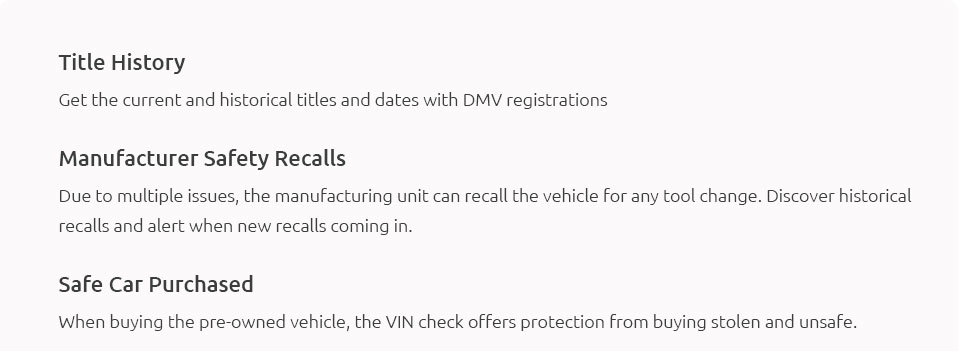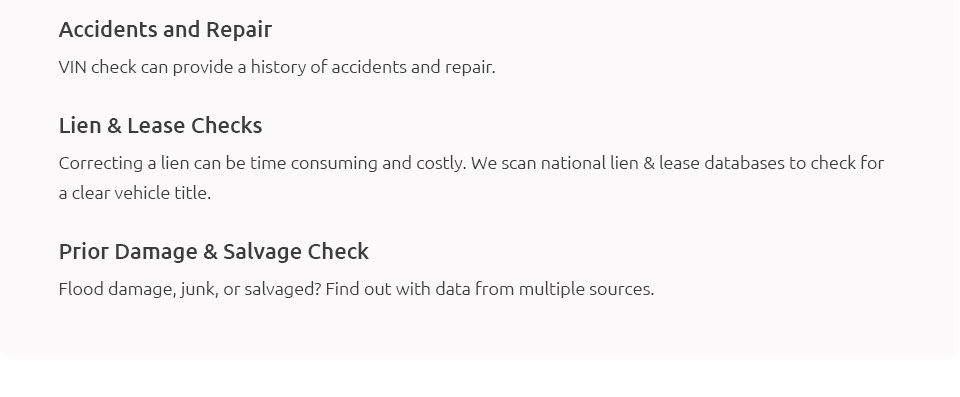 |
 |
 |
 |
 |
||
 |
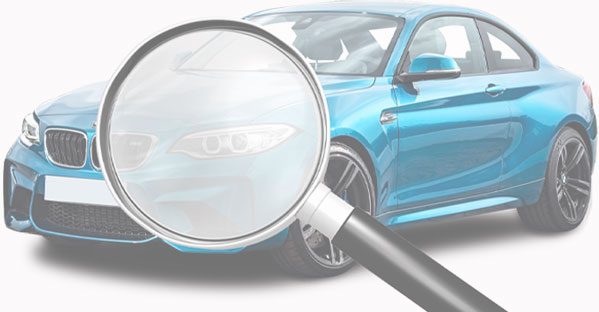 |
|
 |
 |
|
 |
 |
 |
 |
||
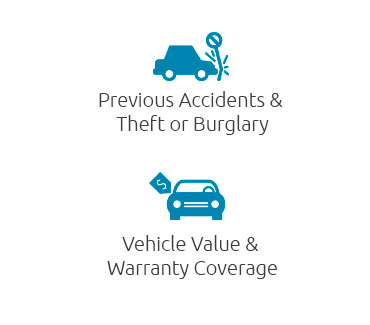 |
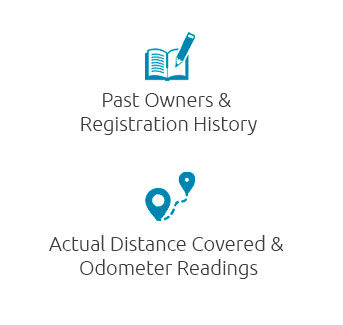 |
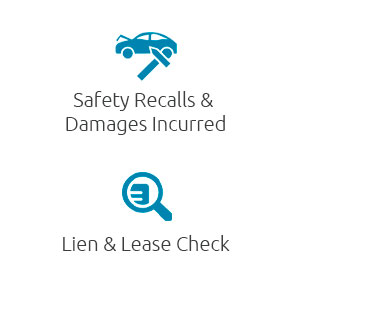 |
 |
 |
 |
||||
|
||||
 |
 |
Unlocking the Secrets of Car Valuation Through VINThe art of determining a car's value has always been an intricate dance of numbers, history, and market trends. Yet, in recent years, a new tool has emerged as a beacon of clarity for car enthusiasts and buyers alike: the Vehicle Identification Number, or VIN. This seemingly random string of characters is a treasure trove of information, offering insights into a car's past, present, and potential future. Understanding how to antique car vin lookup not only empowers you with knowledge but can also save you from costly mistakes. The VIN is akin to a car's fingerprint-unique and revealing. It is through this sequence of numbers and letters that one can unravel the mysteries of a vehicle's origin, its journey through time, and even its eventual demise. For the uninitiated, looking up a car's value based on its VIN might seem daunting. However, with a plethora of online tools at our disposal, this task has been simplified to a few clicks and keystrokes. There is a certain thrill in tracing back the lineage of an automobile, akin to a detective solving a long-forgotten case. Imagine discovering that the classic car parked in your neighbor's garage was once a showstopper in a vintage car rally. Through resources such as the vin color code lookup, enthusiasts can delve even deeper, uncovering details like the original color and specifications-information that can significantly impact a car's valuation. As with any research endeavor, accuracy and attention to detail are paramount. When seeking to determine a car's worth, one must consider the VIN in conjunction with other factors such as the vehicle's condition, mileage, and market demand. A pristine vintage car, for instance, will undoubtedly fetch a higher price than a similar model in a state of disrepair. However, the VIN can provide a baseline from which these other factors can be assessed. Critics might argue that relying solely on a VIN lookup can lead to an incomplete picture. While this is a valid point, it is important to recognize that the VIN is merely one piece of the puzzle. It should be used as a complementary tool rather than a definitive answer. After all, the true value of a car often lies in the eye of the beholder, influenced by personal preferences and emotional connections. In conclusion, while the VIN serves as a powerful tool for uncovering a car's history and estimating its value, it should be part of a broader strategy that includes physical inspections and market research. By combining these elements, one can make informed decisions, whether buying, selling, or simply indulging in the joy of discovery. So next time you find yourself intrigued by a vehicle's past, remember that the VIN is your gateway to uncovering its secrets and assessing its worth in today's market. https://www.vinsmart.com/car-value-by-vin
Enter your VIN: Our team will search the databases at J.D. Power to find an accurate car value by make and model - Purchase your vehicle valuation report: Each ... https://www.cargurus.com/Cars/car-valuation
They do not store directly personal information, but are based on uniquely ... https://www.edmunds.com/tmv.html
We determine those prices based on a variety of factors, including actual ...
|

